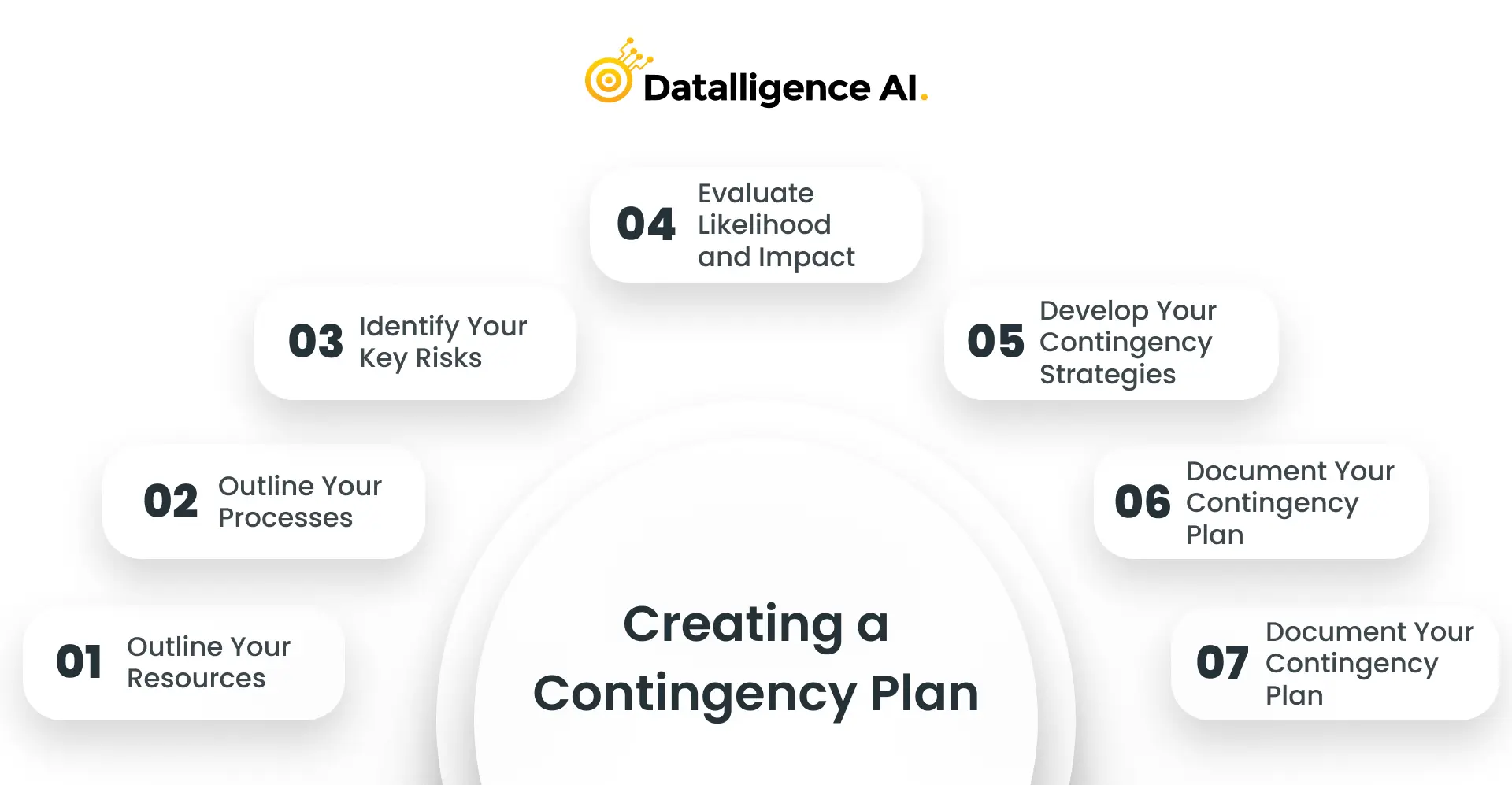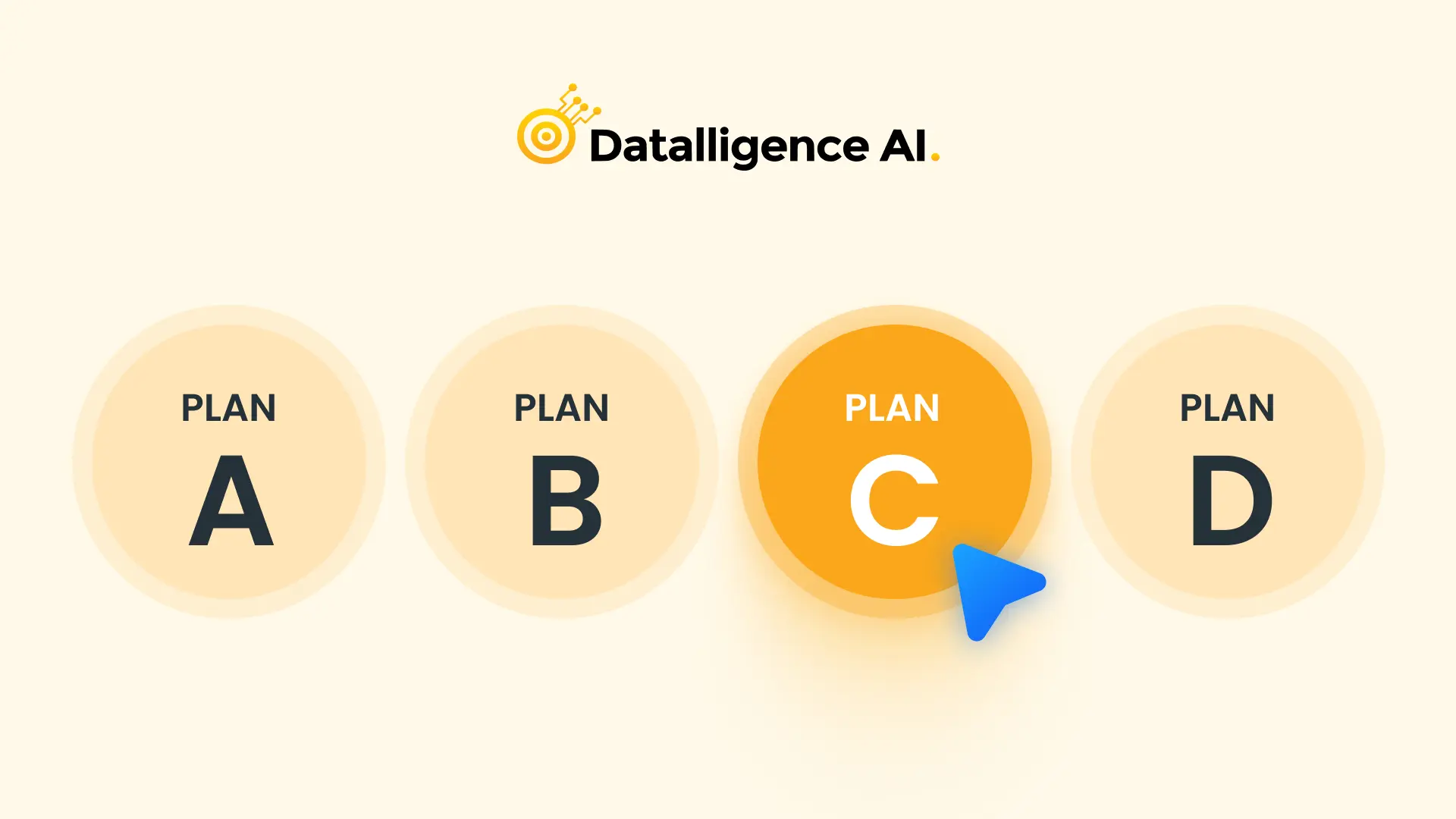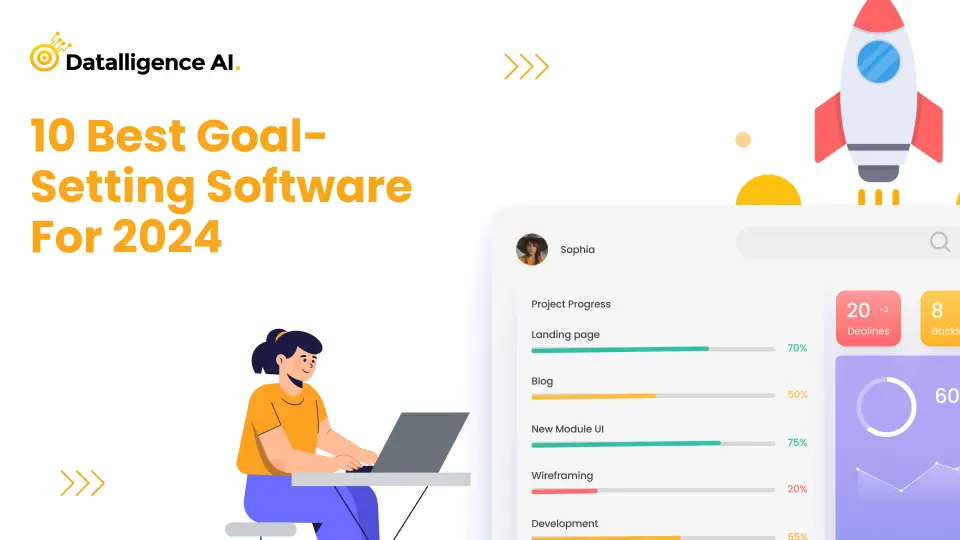A well-prepared business is not only focused on success but also anticipates potential crises. In fact, studies have shown that 95% of business leaders expect to face a crisis at least once a year. To effectively navigate through these challenging situations, businesses need to have a contingency plan in place.
But what exactly is a Business contingency plan? In this article, we will explore the concept of contingency planning, its importance, and how to create an effective contingency plan for your business.
What is a contingency plan?
A contingency plan is a strategic framework designed to address potential risks and disruptions that may impact an organization’s ability to function optimally. It serves as a proactive approach to risk management, allowing businesses to respond swiftly and effectively to unforeseen circumstances. A contingency plan outlines the actions, resources, and protocols required to mitigate the impact of a crisis, whether it be a natural disaster, cyberattack, leadership crisis, or regulatory change.
Key Components of a Contingency Plan
- Policy Statement: The policy statement outlines the authorization and purpose of developing a contingency plan. It sets the foundation for the plan’s creation and implementation.
- Business Impact Analysis: Conducting a business impact analysis helps identify critical systems and processes that are essential for the organization’s operations. This analysis prioritizes the systems that need to be addressed in the contingency plan.
- Preventive Controls: Implementing preventive controls aims to mitigate the impact of adverse scenarios on business operations. These proactive measures help reduce costs associated with implementing contingency measures.
- Contingency Strategies: Developing contingency strategies involves creating recovery plans tailored to specific types of disruptions. These strategies ensure a quick and efficient recovery after an incident occurs.
- Contingency Plan: The contingency plan itself is an action plan that provides detailed guidance and procedures for responding to a disrupted or unavailable system. It outlines the steps to be taken to minimize the impact on operations and facilitate a smooth continuation of business activities.
- Testing, Training, and Exercises: Regular testing, training, and exercises are crucial to ensuring the effectiveness of the contingency plan. By simulating various scenarios, organizations can identify any gaps and improve their preparedness for potential disruptions.
- Plan Maintenance: A contingency plan should be regularly reviewed and updated to reflect changes in systems, processes, and organizational structure. Keeping the plan up to date ensures its relevance and effectiveness in addressing future incidents.
When to Use a Contingency Plan
Contingency plans are not only useful for managing crises but can also be utilized to capitalize on positive events and opportunities. For example, if your business receives unexpected funding for a project, a contingency plan can help you efficiently allocate resources and make the most of the opportunity. Similarly, if you discover a new technology or solution that can enhance your operations, a contingency plan can guide the implementation process.
As the famous quote by Confucius goes, “To not prepare is the greatest of crimes; to be prepared beforehand for any contingency is the greatest of virtues.” Having a contingency plan in place ensures that your business is prepared to face any situation, whether positive or negative.
Creating a Contingency Plan
To create an effective contingency plan for your business, there are several key steps that you should follow:

Step 1: Outline Your Resources
Start by identifying the critical resources that your business relies on, including team members, facilities, and tools necessary for daily operations or project completion. Prioritize these resources from most critical to least critical, so you know where to direct your focus during a crisis.
Step 2: Outline Your Processes
Next, list down the step-by-step processes involved in delivering your product or service to customers or completing your projects. For example, if you run an e-commerce store, your processes may include ordering stock, updating your website, processing orders, delivery or shipping, and handling returns and refunds.
Step 3: Identify Your Key Risks
Use tools and techniques like risk assessment and data analysis to identify potential risks and vulnerabilities in each step of your process. Consider risks such as website downtime, delivery delays, or cyber threats. It is essential to involve your team in this process, as they may provide valuable insights and identify risks that you might overlook.
Step 4: Evaluate Likelihood and Impact
Assess the likelihood and potential impact of each identified risk. This evaluation will help you prioritize your response efforts and allocate resources accordingly. Focus on risks with a higher likelihood and significant potential impact on your business.
Step 5: Develop Your Contingency Strategies
Based on your risk assessment, develop contingency strategies that outline how your business will respond to each identified risk. These strategies should include specific actions, responsibilities, and resources required to mitigate the impact of the risk and ensure business continuity.
Step 6: Document Your Contingency Plan
Compile all the information gathered and developed in the previous steps into a comprehensive contingency plan. This plan should detail the specific events, expected losses, preventive measures, response actions, and recovery procedures for each identified risk. It is important to ensure that the plan is clear, accessible to all relevant stakeholders, and regularly updated as needed.
Step 7: Test and Review Your Contingency Plan
Regularly test your contingency plan through simulations or drills to ensure its effectiveness and identify any gaps or areas for improvement. Involve your team in these exercises to familiarize them with the plan and evaluate their readiness to respond to different scenarios. Continuously review and update your contingency plan as your business evolves and new risks emerge.
Best Practices in Contingency Planning
While the specifics of a contingency plan may vary depending on the size and nature of your business, following these best practices can enhance the effectiveness of your plan:
- Be inclusive: Involve stakeholders from all departments and levels of your organization in the development of the contingency plan. This ensures that all perspectives and potential risks are considered.
- Refine each element: Continuously revisit and refine each element of your contingency plan to ensure its accuracy and relevance. Regularly update risk assessments, processes, and strategies to reflect changes in your business environment.
- Conduct real-world tests: Regularly conduct tests and simulations to evaluate the practicality and effectiveness of your contingency plan. This helps identify any areas that require improvement and provides an opportunity to train and upskill your team.
- Stay informed: Stay updated on industry trends, regulatory changes, and emerging risks that may impact your business. This knowledge will help you anticipate potential risks and adjust your contingency plan accordingly.
Conclusion
Having a well-designed and regularly updated contingency plan is essential for any business that aims to thrive in an unpredictable world. By proactively identifying risks, developing effective strategies, and involving your team in the planning process, you can ensure that your business remains resilient and adaptable in the face of adversity. Remember, a contingency plan is not just a document but a living and evolving framework that enables your organization to navigate through challenges and seize opportunities.
At Datalligence.AI, we understand the importance of contingency planning in today’s dynamic business landscape. Our AI-powered solutions provide businesses with comprehensive risk assessment tools, real-time data analysis, and customizable contingency planning frameworks. With Datalligence.AI, you can confidently create and implement contingency plans that align with your unique business needs.
Visit our website to learn more about how we can help you optimize your organization’s performance and resilience.











